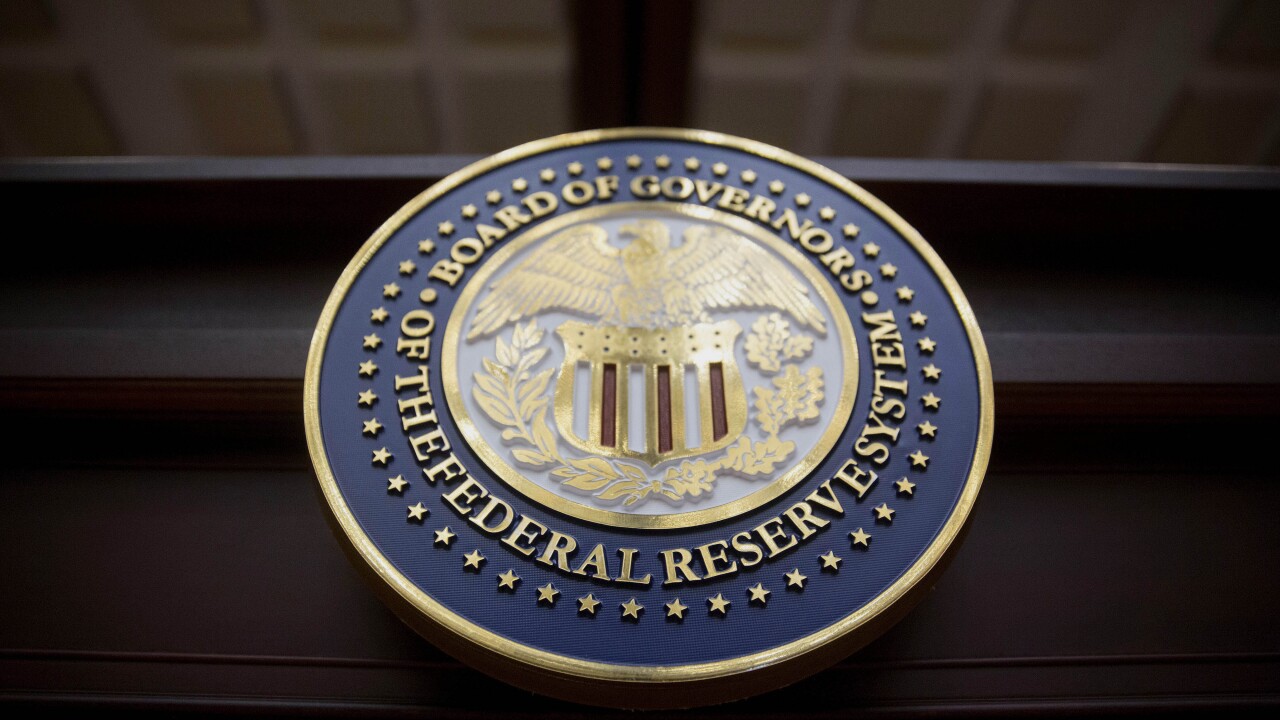Banks have serious image issues. Not just now in the aftermath of the Great Recession, a global economic calamity that many people believe Wall Street firms and big banks precipitated. Banks have had image issues for a long time. For many reasons.
Back in the 1990s, banks began to charge a host of fees. Remember the ATM surcharge? Point of sale, overdraft and bounced-check fees?
Fees are just the tip of the iceberg. How many businesses, other than banks, deny consumers their products and services? Banks deny loans to individuals and businesses, for perfectly valid reasons, in many cases.
But still, such actions lead to hurt feelings, negative word-of-mouth advertising and sour opinion of banks. Banks also foreclose on homes and repossess cars. Information about financial products and services is loaded with small type and confusing communication.
Banks rake in revenue from the interest rates consumers are forced to pay on credit card balances and personal loans, but they are currently paying minuscule interest on CDs and other deposit accounts. Central banks play a role in setting interest rates, of course, but much public angst is still leveled at banks. Giant Wall Street firms and commercial banks pay huge salaries and bonuses to executives, as the middle-class and lower-income individuals struggle.
What's not to love about banks?
Financial firms work hard to counter negative opinion. Some by spending big money in attempts to advertise their way out of trouble, with soft, positive messages. Banks allocate funding for major philanthropic programs. Supporting public needs through charitable giving is critically important, but, unfortunately, such initiatives often fail to counter negative perception of banks and the financial services industry.
So then, considering the nature of banking and the manner in which financial firms are doing business, is it realistic to believe that anything can be done to promote positive public opinion of banking?
Actually, yes. Banks can reverse negative opinion by getting back to fundamentals of their business. The solution is at the very core value of what big banks can be, and really should be, all about. The solution can be found in a single word: enterprise.
When you think about it, shouldn't the core business of banking be the channeling of financial resources in support of enterprise? If your business and industry can play a key role in building the enterprise of individuals and businesses, aren't you adding value to society and the economy? The financial resources that banks have at their command can encourage, generate and strengthen enterprise.
Fundamentals of banking that were more closely observed decades ago focused on priorities such as the need for bankers to know their customers; to have a sense of their customers' goals and objectives; to base lending decisions on customers' willingness and ability to manage and to repay loans.
By focusing on such fundamentals, banks were able to use financial resources to build enterprise. And by knowing their customers, banks seemed better able to evaluate and manage risk.
Before the financial services business became more complicated than it should be, banks were doing quite well by focusing on the fundamentals of their business. Many banks grew and prospered by channeling financial resources to small, midtier and large businesses.
Banks financed the work of small-business entrepreneurs and the development and growth of such key industries as electronics, aerospace and agriculture. Various banks that are among the largest financial institutions, today, achieved success by supporting enterprise.
But that was in the past. These days, impossibly complex, fancy banking is in vogue, more than fundamental banking. And most of us are feeling the impact of this shift in focus within the financial services industry.
If banks — big banks, in particular — truly want to reverse negative opinion of their companies and their executive leadership, they might want to consider, as a new paradigm, the good, old fundamentals of banking.





